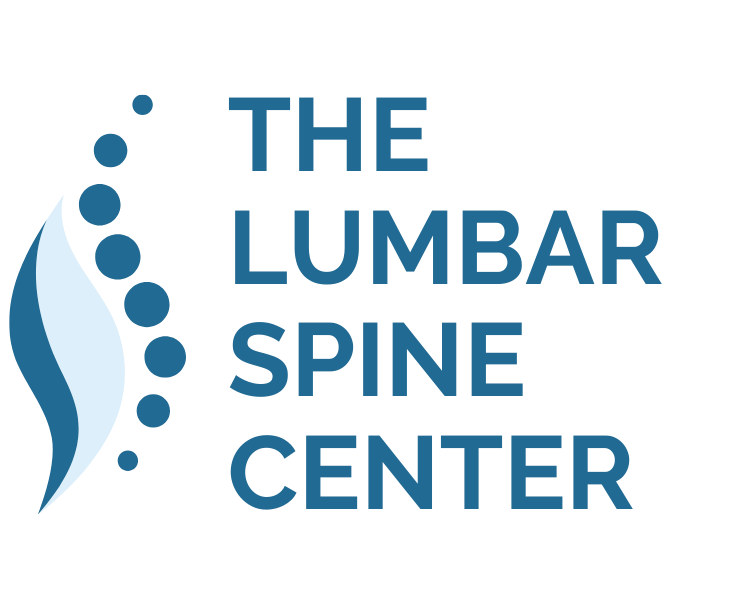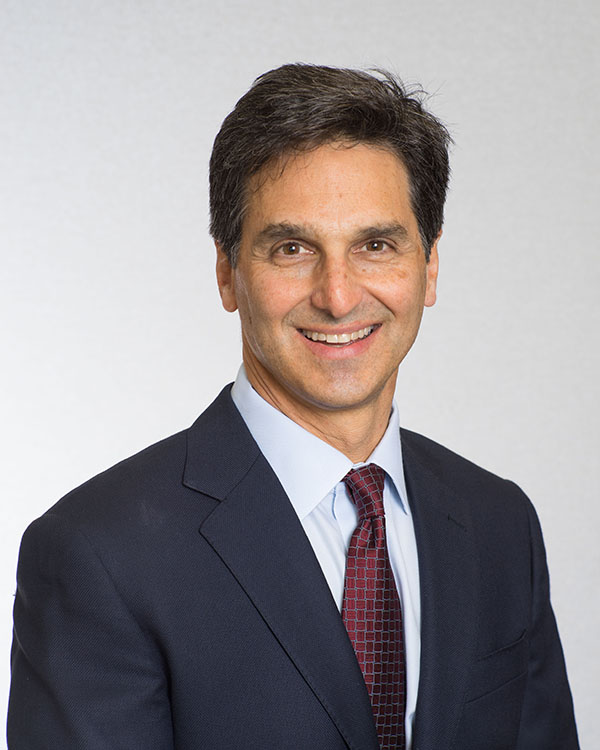A microdiscectomy, also known as microdecompression or microdiskectomy, is a surgical procedure performed to alleviate symptoms caused by a herniated or bulging spinal disc in the lumbar (lower back) region. This minimally invasive surgery aims to relieve pressure on spinal nerves, reduce pain, and improve mobility.
Indications for Microdiscectomy:
Microdiscectomy is typically recommended when conservative treatments, such as rest, physical therapy, and medications, fail to provide relief for specific conditions. The procedure is commonly used to treat:
- Herniated Disc: When the soft inner portion of a spinal disc protrudes through the outer layer, it can press on nearby nerves, causing pain, numbness, or weakness.
- Bulging Disc: Similar to herniation, a bulging disc involves the disc extending beyond its normal boundaries and potentially compressing spinal nerves.
The Procedure:
- Anesthesia: Microdiscectomy is performed under general anesthesia or local anesthesia with sedation to ensure the patient is comfortable and pain-free during the surgery.
- Incision: A small incision, usually less than an inch long, is made in the lower back directly above the affected disc.
- Accessing the Disc: The surgeon uses specialized instruments and a microscope to access the spinal canal. The surrounding muscles and tissues are gently moved aside to reach the affected disc.
- Removal of Herniated Tissue: Using precise techniques, the surgeon carefully removes the portion of the herniated or bulging disc that is pressing on the nerves. This relieves pressure and alleviates symptoms.
- Closure: Once the procedure is completed, the incision is closed with sutures or surgical adhesive, and a sterile bandage is applied.
Recovery and Rehabilitation:
Recovery from a microdiscectomy is generally quicker than from traditional open surgery because it involves smaller incisions and less disruption of surrounding tissues. Patients are typically encouraged to:
- Gradually Increase Activity: Patients are usually encouraged to start walking the day after surgery and gradually increase activity levels under the guidance of their healthcare team.
- Pain Management: Pain at the surgical site is common but usually subsides over time. Pain medications are prescribed to manage discomfort during the initial recovery phase.
- Physical Therapy: Some patients may benefit from physical therapy to improve back strength and flexibility.
- Resuming Normal Activities: Most patients can return to light activities within a few weeks, with a gradual return to more strenuous activities over several months.
- Follow-Up: Regular follow-up appointments with the surgeon are essential to monitor progress and ensure the surgical site is healing properly.
Expected Outcomes:
Microdiscectomy has a high success rate in relieving symptoms caused by herniated or bulging discs. Many patients experience significant pain relief and improved mobility, allowing them to return to their regular activities.
In summary, microdiscectomy is a minimally invasive surgical procedure used to treat herniated or bulging discs in the lower back. It aims to relieve pressure on spinal nerves and reduce associated symptoms. With proper post-operative care and rehabilitation, patients can often expect a successful recovery and improved quality of life. If you’re looking for a microdiscectomy surgeon near you, you’ve come to the right place.









